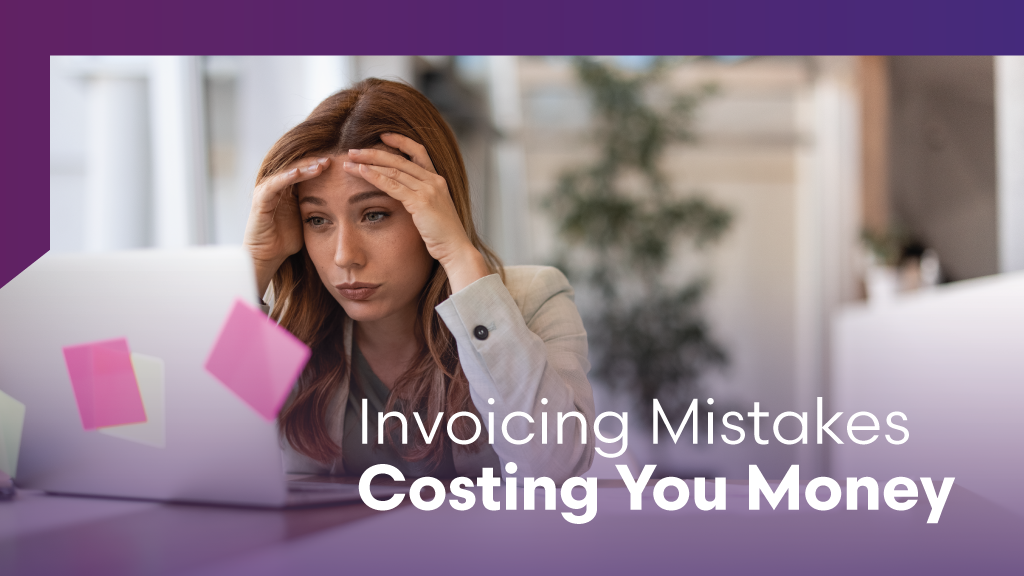
There’s a well-known saying, “In a world where you can be anything, be unique.” This resonates with many small business owners navigating the crowded commercial landscape. Standing out is no longer a choice; it’s a necessity. So, how can a small business differentiate itself? Here are some effective strategies to create a distinctive identity.
1. Stellar Customer Service
The first and foremost approach is to offer exceptional customer service. Big corporations may lack the personal touch that you, as a small business, can provide. Know your customers, anticipate their needs, and exceed their expectations. This isn’t just about solving problems or handling complaints; it’s about creating an overall positive customer experience that instills loyalty and leads to word-of-mouth referrals.
2. Unique Branding
Your brand should tell a story. It should represent your business ethos, your values, and what makes you different. Everything from your logo and tagline to your online presence and office décor should reflect this. Unique, consistent branding fosters recognition and builds a connection with your customers.
3. Showcase Expertise
As a small business, it’s vital to exhibit your deep knowledge and expertise in your field. Educate your customers through blog posts, social media updates, webinars, or even in-person workshops. These efforts demonstrate your authority, increase your visibility, and foster trust with your audience.
4. Community Involvement
Being a part of the community can help differentiate your business. Attend local events, sponsor a youth sports team, or donate to local charities. Not only does this build goodwill, but it also increases local visibility and helps build strong relationships with customers.
5. User-Generated Content
Leverage user-generated content to amplify your brand’s reach and authenticity. Encourage customers to share photos, reviews, or testimonials. This creates a sense of community around your brand and provides social proof that can persuade potential customers.
6. Personalize Your Products or Services
If possible, personalize your offerings. This could be as simple as offering customizable features or as complex as tailoring your service to individual client needs. Personalization enhances customer satisfaction and can make your business the go-to for those seeking a product or service tailored to their specific requirements.
7. Sustainable Practices
In a world increasingly concerned about climate change and social issues, sustainable practices can make a small business stand out. This might involve sourcing products ethically, minimizing waste, or contributing to social causes. This not only resonates with ethically-minded consumers but also shows your commitment to a bigger cause.
8. Collaborate with Complementary Businesses
Collaboration can help you reach a wider audience. Find complementary businesses and explore opportunities for partnerships. This could take the form of bundled offerings, cross-promotions, or joint events. Collaborations provide mutual benefits and can make your business more attractive to customers seeking convenience and value.
9. Leverage Technology
Technological advancements offer many opportunities for small businesses. Whether it’s implementing a chatbot to provide instant customer support, using data analytics to understand consumer behavior, or harnessing social media for targeted marketing, technology can help your business stand out.
10. Be Flexible and Adapt
Perhaps one of the most significant advantages a small business has over larger competitors is agility. Small businesses can pivot quickly in response to changing market conditions, customer preferences, or innovative trends. Embrace this flexibility and show your customers that you’re adaptable and forward-thinking.
In conclusion, standing out as a small business in today’s crowded market requires creativity, dedication, and a keen understanding of your customers’ needs and desires. By offering stellar customer service, unique branding, demonstrating expertise, engaging with the community, utilizing user-generated content, personal
izing offerings, adopting sustainable practices, collaborating with other businesses, leveraging technology, and showing flexibility, you can differentiate yourself and achieve success. Remember, the ultimate goal is not to be everything to everyone, but to be something incredible for those who matter: your customers.











